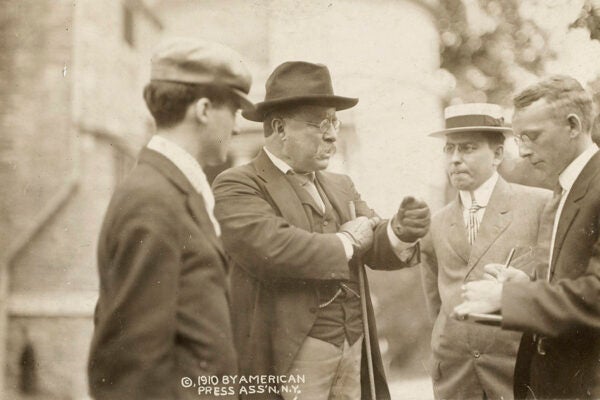The ubiquitous Christmas tree has a history, and it isn’t biblical. The idea of bringing freshly-cut evergreen trees or branches indoors for Christmas is a largely a German tradition that spread into other European countries and North America in the 19th century when Queen Victoria married her German cousin Prince Albert of Saxe-Coburg and Gotha in 1840. But the Germans didn’t invent the notion of bringing something green indoors in winter.
In his 1910 essay, “The Christmas Tree, Part 1,” published in the Journal of the Royal Society of Arts, George Birdwood traces the symbolism of the tree through Egypt, India, Persia, and the foggy northern marches of the Roman empire. The Christmas tree is, Birdwood writes, “a survival of some observance connected with the pagan Saturnalia of the Winter Solstice, in suppression thereof the Church, about the fifth century of our era, instituted Christmas Day.”
What was once a pagan ritual celebrating winter solstice is now a tradition with such tenuous connections to religion that today even many non-Christians have Christmas trees and celebrate Christmas. Like Thanksgiving, Christmas has been transformed into a family-centered celebration of domesticity. Those interested in the details can consult Stephen Nissenbaum’s 1997 book The Battle for Christmas: A Social and Cultural History of Christmas That Shows How It Was Transformed from an Unruly Carnival Season into the Quintessential American Family Holiday (more on Nissenbaum’s book here).







